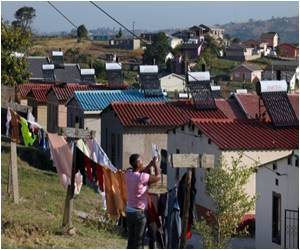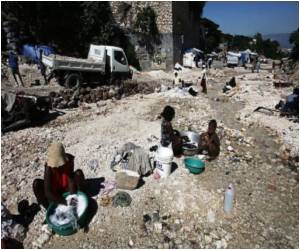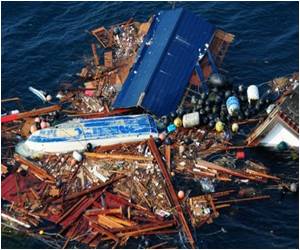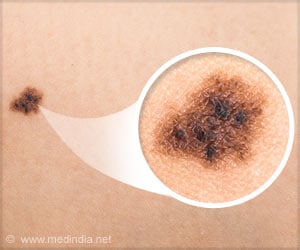A detailed recipe for the making of the Earth has been found by scientists that can also apply to making terrestrial exoplanets orbiting distant stars.

The key to the discovery was the HARPS-North instrument on the 3.6-meter Telescopio Nazionale Galileo in the Canary Islands. (HARPS stands for High-Accuracy Radial velocity Planet Searcher.) It is designed to accurately measure the masses of small, Earth-sized worlds. Those measurements are crucial to determine densities and therefore compositions.
The researchers said that their strategy for using HARPS-North over the past year has been to focus on planets less than two times the diameter of Earth and to study a few planets really well.
Most recently the team targeted Kepler-93b, a planet 1.5 times the size of Earth in a tight, 4.7-day orbit around its star. The mass and composition of this world were uncertain. HARPS-North nailed the mass at 4.02 times Earth, meaning that the planet has a rocky composition.
The researchers then compared all ten known exoplanets with a diameter less than 2.7 times Earth's that had accurately measured masses. They found that the five planets with diameters smaller than 1.6 times Earth showed a tight relationship between mass and size. Moreover, Venus and Earth fit onto the same line, suggesting that all these worlds have similar rock-iron compositions.
As for the larger and more massive exoplanets, their densities proved to be significantly lower meaning that they include a large fraction of water or other volatiles, hydrogen and/or helium. They also showed more diverse compositions rather than fitting into a single group like the smaller terrestrial worlds.
The ingredients that you need to make one small model planet are :
- 1 cup magnesium
- 1 cup silicon
- 2 cups iron
- 2 cups oxygen
- 1/2 teaspoon aluminum
- 1/2 teaspoon nickel
- 1/2 teaspoon calcium
- 1/4 teaspoon sulfur
- dash of water delivered by asteroids
 MEDINDIA
MEDINDIA




 Email
Email




